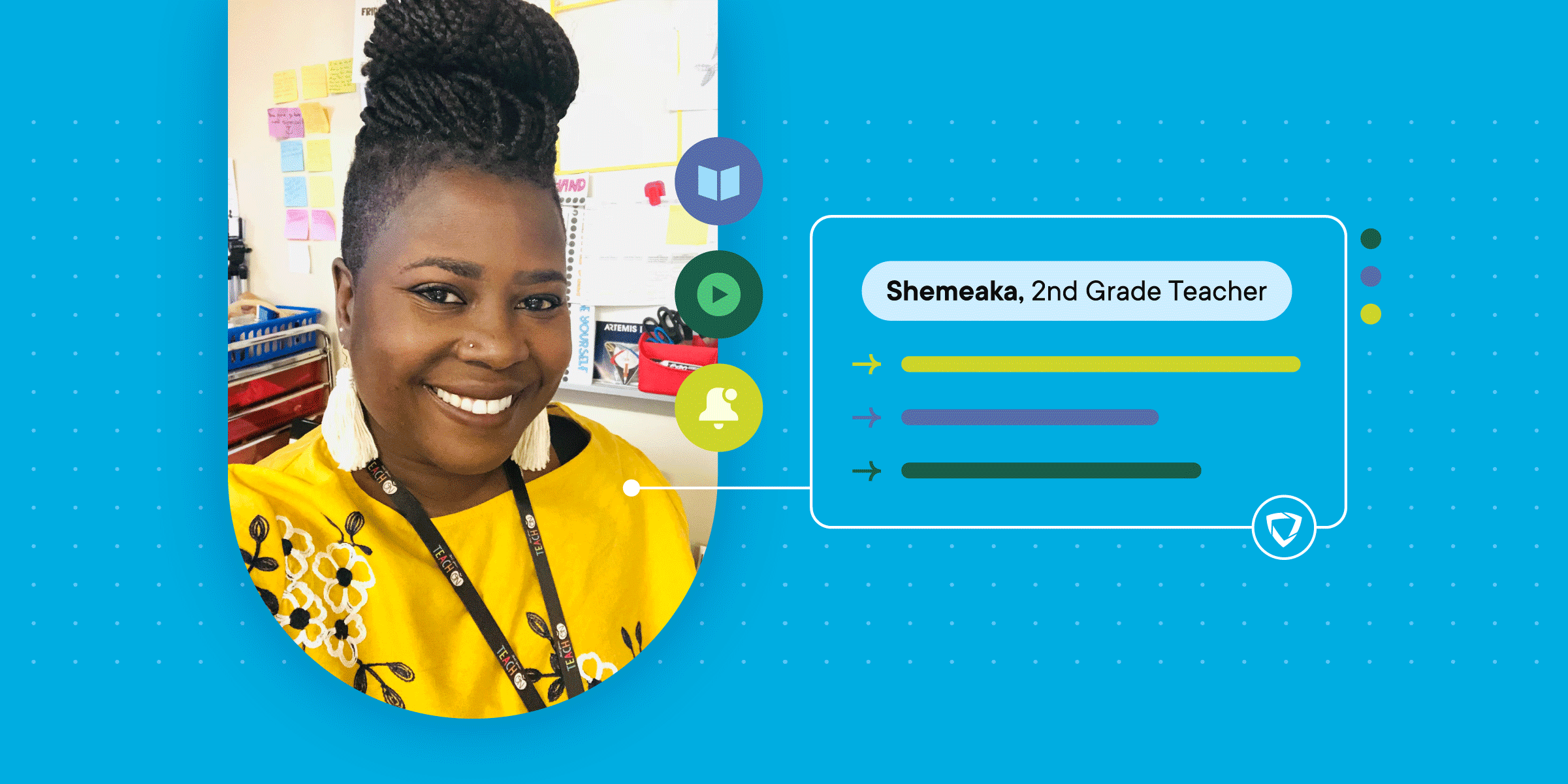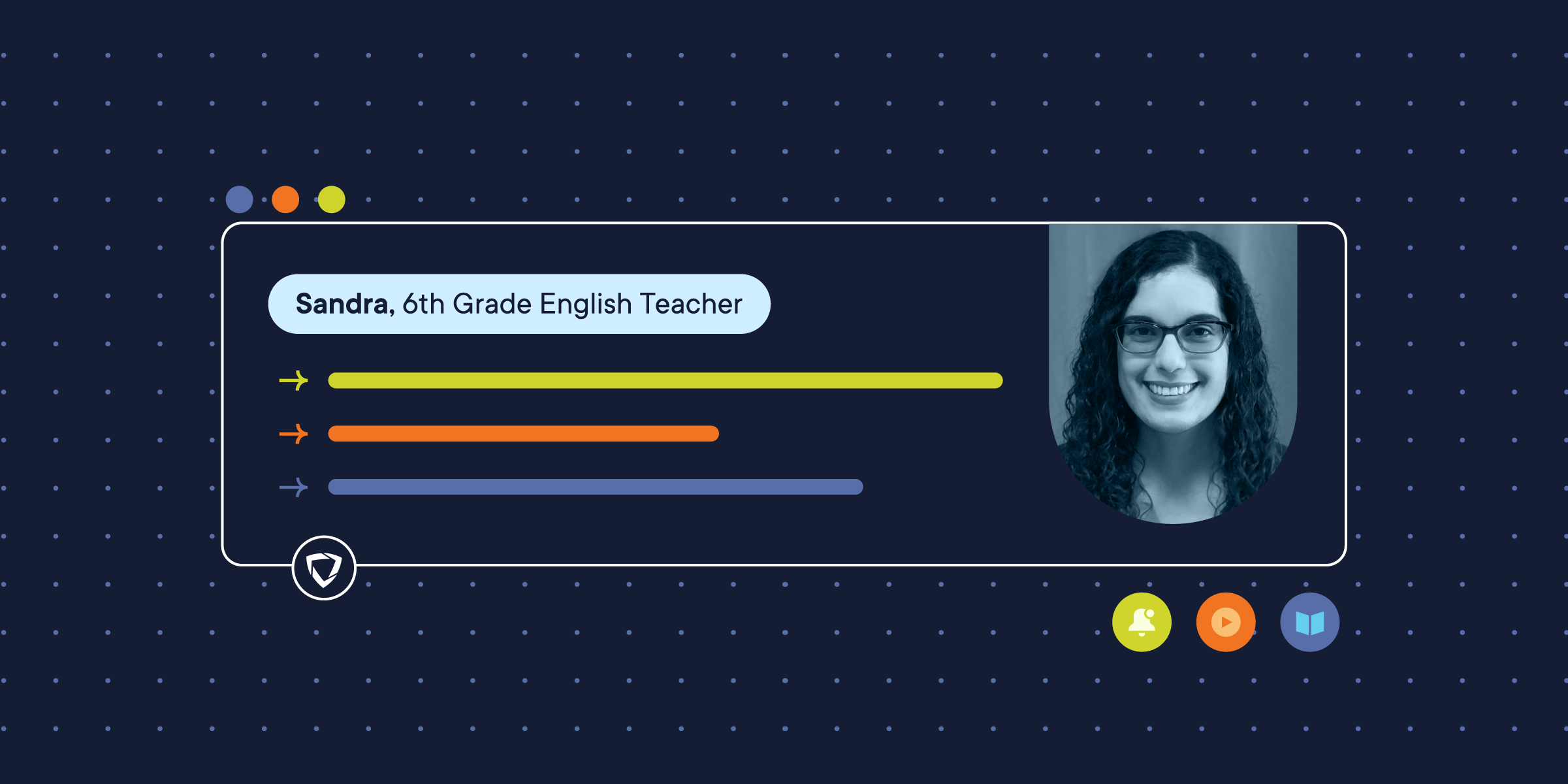
Today’s classrooms are diverse and dynamic. Students come from all sorts of backgrounds, both culturally and economically. Equity in the classroom has never been more important than it is today.
What Is Classroom Equity?
Classroom equity happens when all students are respected and included, regardless of their background or abilities. Each student should be given the tools needed to achieve academic success, and the unique talents and abilities of each individual should be celebrated and encouraged.
Equity is not to be confused with equality. Equality means you treat all students the same. But a good teacher understands that different students have different needs and learning styles. Instead of treating all students equally, an equitable classroom offers each student what they need to succeed and excel.
Best Practices to Create an Equitable Classroom
Promote Respect
There are a number of best practices that can help you achieve equity in the classroom. They all start with the number one ingredient: respect. Teachers should exhibit a great deal of respect for each student in the classroom, as well as insist on respect between students, both inside the classroom and beyond.
Start by setting down ground rules. Remind students that differences should be celebrated rather than ridiculed. Outlaw any bullying or disrespectful talk, and create a safe space for the sharing of ideas and questions of all sorts.
Learn About Your Students
Once you have ground rules established, the real work begins. As an educator, it’s important to learn about each student in your classroom. Offer students plenty of opportunities to share about their home life, cultural background, and personal hopes and dreams. Provide writing assignments that allow them to express themselves, and be sure to ask about their goals for this school year and beyond.
You’ll want to understand, as much as possible, their unique backgrounds and lifestyles. You’ll also want to assess their particular strengths and weaknesses in the classroom, especially those qualities that are impacted by their life circumstances or cultural backgrounds. Students from immigrant households or different socio-economic environments may have more academic barriers than other students. Throughout the year, use this understanding to ensure inclusion for all students. You’ll also need to tailor lesson plans to the unique blend of experiences and personalities sitting before you.
Cultural Inclusion
It’s important to include students from diverse backgrounds in everyday classroom lessons. Be careful to remain culturally inclusive, particularly when discussing traditions or sensitive topics. It’s vital to not assume that everyone in the class celebrates the same holidays or has the same family structure or home dynamic. Instead, ask open-ended questions that allow students to participate no matter their traditions.
If you have a student who has a unique cultural background and who is comfortable speaking to the group, consider allowing them time to explain their family’s traditions and celebrations as the seasons change. Or, take the time to learn about the traditions of each culture represented in your class, and ensure you include them all as you plan lessons for the year.
Teaching to Different Learning Styles
The old tradition of lecturing and textbooks still has a place in the classroom, but it shouldn’t be the only option. Today we know that different students have different learning styles, and an inclusive and equitable classroom should offer options for each student to succeed.
Switch things up regularly. Include games, creative work, music, and technology into each lesson plan, allowing students who learn in different ways to each connect with the topic at hand. Let students participate, move around, and engage socially. As you’re still getting to know each other, ask your students for feedback about which parts of the lesson they like and which parts they found difficult. Use their answers to gain a greater understanding of each student’s learning style and classroom needs.
Encourage Students’ Talents and Gifts
Each student in your classroom has something to contribute. Treating them all interchangeably will create frustration for many and only benefit a few. Instead, get to know which students like to read in front of others, and let them do so when appropriate. Figure out which students are born leaders, and put them in charge of group projects. Select students who are more organized to help with planning and arranging. Allow the class clown to entertain in a way that improves the lesson rather than distracting others from it.
Do your best to uncover the unique talents, gifts, and interests of each student, and then encourage them to participate in a way that will set them up for success.
Whatever the makeup of your classroom is, it’s important for you to meet each student where they stand and encourage them to move forward in their education. Use GoGuardian’s technology in the classroom to help connect with your students and manage your classroom.








